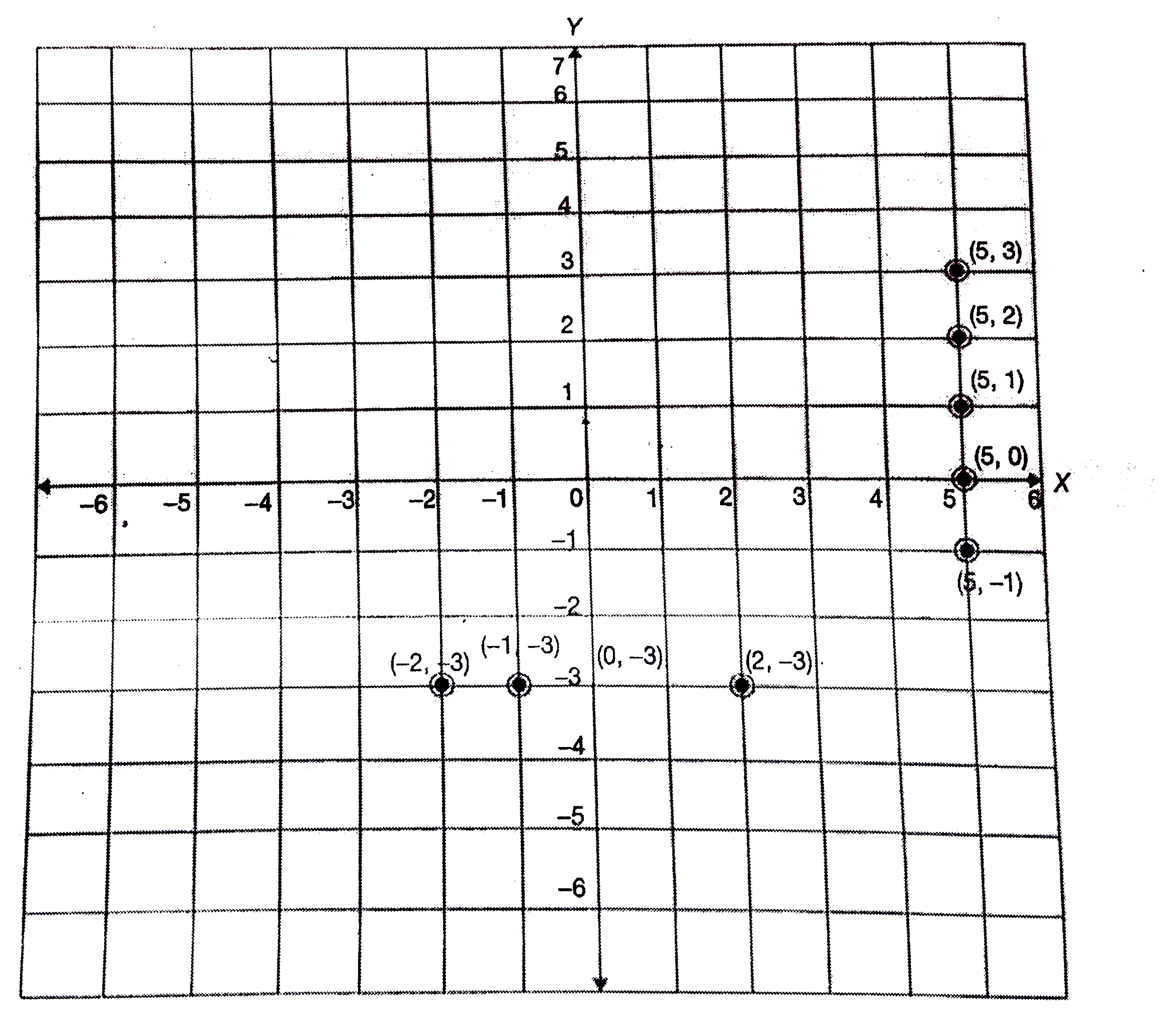The following is the distance-time table of an object in motion:
Time in secondsDistance in metres001128327464512562167343
(a) What conclusion can you draw about the acceleration? Is it constant, increasing, decreasing, or zero?
(b) What do you infer about the forces acting on the object?
(a) There is an unequal change of distance in an equal interval of time.
Thus, the given object is having a non - uniform motion. Since the velocity of the object increases with time, the acceleration is increasing.
(b) The object is in accelerated condition. According to Newton's second law of motion, the force acting on an object is directly proportional to the acceleration produced in the object. So, we can say unbalanced forece is acting on the object
Topper's Solved these Questions
Similar Questions
The following is the distance-time table of an object in motion:
Time in secondsDistance in metres001128327464512562167343
(a) What conclusion can you draw about the acceleration? Is it constant, increasing, decreasing, or zero?
(b) What do you infer about the forces acting on the object?
View SolutionWhat conclusion can you draw about the speed of a body from the following distance-time graph ?

View Solution
Knowledge Check
The freezing point depression of 0.1 molal solution of acetic acid in benzene is 0.256 K , Kf for benzene is 5.12 K Kg mol−1. What conclusion can you draw about the molecular state of acetic acid in benzence ?
AAcetic acid is doubly associatedBBenzene is doubly associatedCBoth are equally associatedDNone of the above.
The distances travelled by a car at various time intervals are as follows :
What conclusion do you get from this graph about the nature of motion of the car ?

View SolutionWhat can you say about the motion of an object whose distance-time graph is a straight line parallel to the time axis ?
View SolutionPlot the following points on the coordinate plane. What do you observe ?
(a) (−2,−3),(−1,−3),(0,−3),(2,−3)
(b) (5,3),(5,2),(5,1),(5,0),(5,−1)

View SolutionThe freezing point depression of 0.1 molal solution of acetic acid in benzene is 0.256 K , Kf for benzene is 5.12 K Kg mol−1. What conclusion can you draw about the molecular state of acetic acid in benzence ?
View SolutionWhat can you say about the motion of an object whose distance-time graph is a straight line parallel to the time axis ?
View SolutionThe freezing point depression of 0.1 molal NaCl solution is 0.372 K. What conclusion can you draw about the molecular state of NaCl in water. Kf of water = 1.86 k/m.
View Solution(15)5×(15)19=(15)8x
Try to find the value of x given in the question by changing 15 to 32. What difference do you find the value of x? What do you infer from your answer?
View Solution
